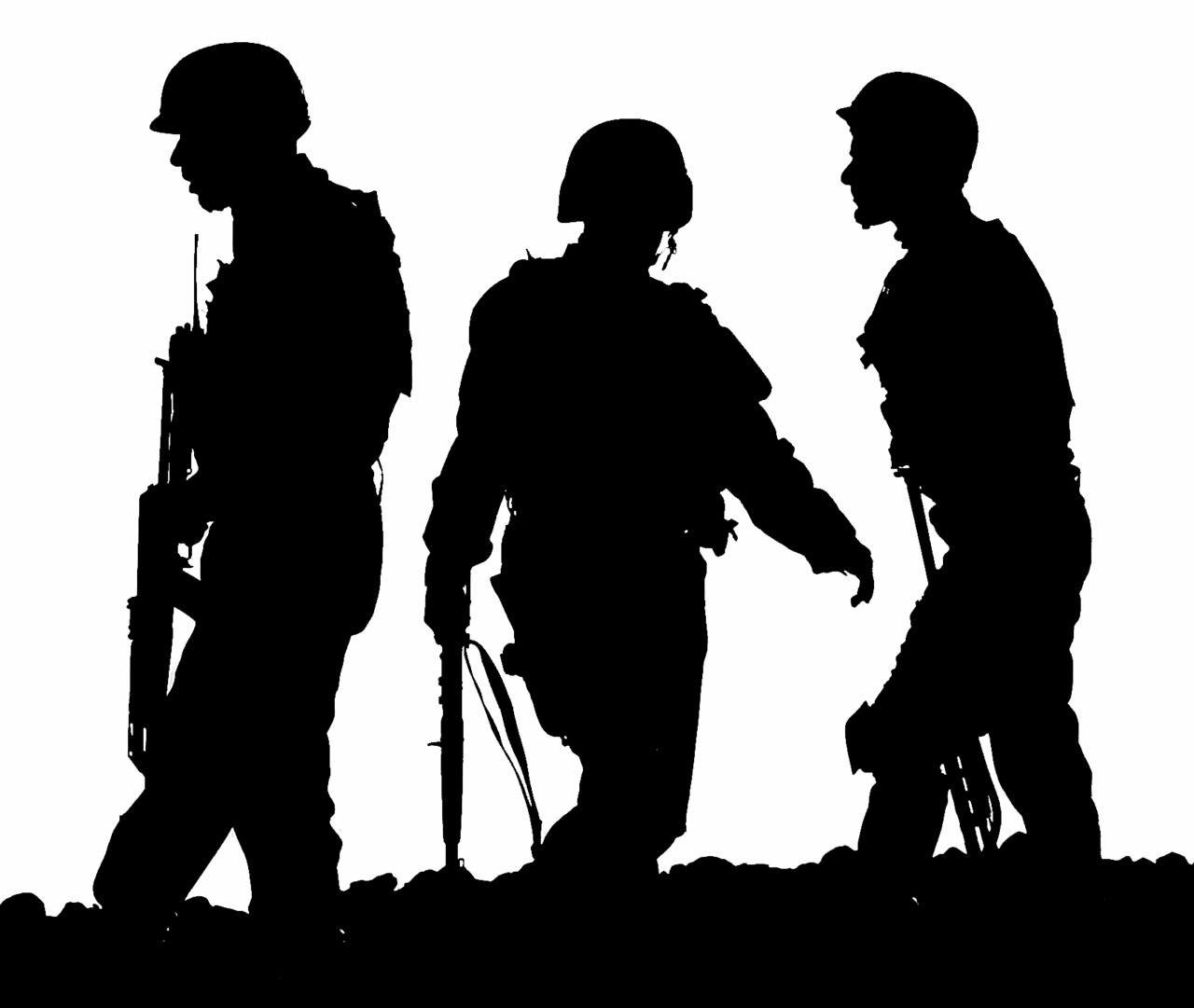
You’re probably familiar with the food stamp program which grew from $35 billion in 2008 to $75 billion last year. But did you know that getting food stamps also makes you eligible for a free government cell phone?
A program called Lifeline provides free phones and free monthly minutes to anyone on food stamps, WIC, Medicaid, Head Start, and several other government programs. And just like food stamps, Lifeline (aka “phone stamps”) has been growing by leaps and bounds since 2008, at significant cost to taxpayers.
Lifeline was started in the mid-’80s to reduce the cost of phone service to rural and needy customers. The program’s costs are covered by a tax included on every monthly phone bill called the Universal Service Charge. The program eventually grew to include discounted cell service but took off in 2009, partly because TracFone announced a new program whereby eligible individuals could get a free phone and free monthly minutes. As a result, participation in the program (and costs) skyrocketed:
Program participation was stable from 2005 to 2008, from 6.9 million to 7.1 million participants, but increased to 8.6 million in 2009. Likewise, support payments were relatively stable from 2005 to 2008, from $802 million to $823 million annually, before increasing to approximately $1 billion in 2009.

The rapid growth of the program has continued since then. In 2011, the FCC estimated the cost (page 153) of the program would be $2.1 billion and said it would reach $3.3 billion by 2014 absent major reforms. The FCC also found that part of the problem with the program was rampant fraud:
[O]ur ongoing oversight has revealed that a substantial number of subscribers are receiving duplicative Lifeline support, which includes individuals receiving two or more Lifeline benefits from ETCs as well as two or more individuals in a household receiving benefits from multiple ETCs.
How bad is the fraud? A survey conducted by the FCC across 17 states and territories found that, on average, 9% of phone recipients were ineligible (page 243). In some states like Alabama, New Hampshire, and West Virginia, the ineligibility rate was 18-19%. And all of that is based on a survey to which 27% of users refused to respond to questions.

In order to combat this problem, the FCC recommending the creation of a national database to keep track of multiple users. The project was expected to cost $7.5-$10 million to set up, though this is much less than the amount the government is expected to save by cutting duplicate lines.
And the freebies won’t end with basic calling service. As part of the effort to extend broadband, the FCC has been discussing making broadband service part of the Lifeline program. In other words, taxpayers could soon be paying for smartphone features on these free government phones.
The real question is why American consumers should be providing free cell phones and free monthly talk time to 10 million people in the first place. As you can see in this video report from a Chicago ABC affiliate, some people signing up for these free phones are doing so to replace cell phones they already have (and have to pay for). If the goal is really to connect individuals to essential services such as fire and police, FCC rules already mandatethat carriers transmit those calls along with detailed location information regardless of whether an individual has service with a carrier or not. Given our debt and our deficits, it is time to consider hanging up on this booming, fraud-ridden Lifeline to taxpayer’s wallets.
This is a copy of the full article provided by Breitbart










